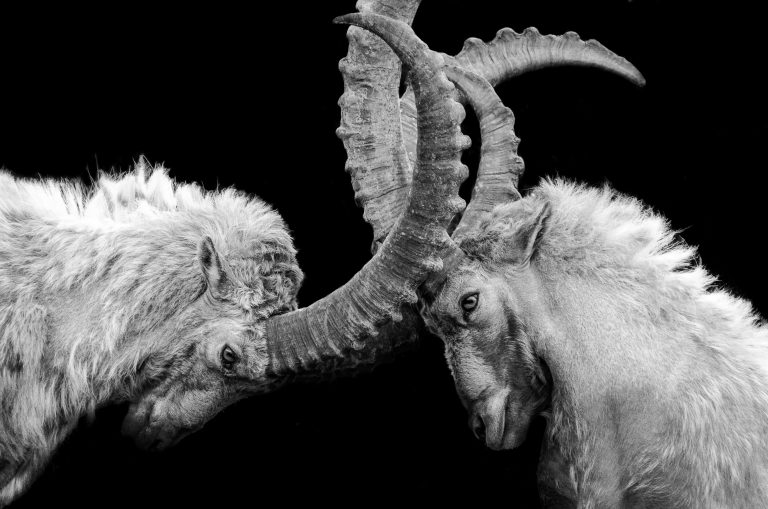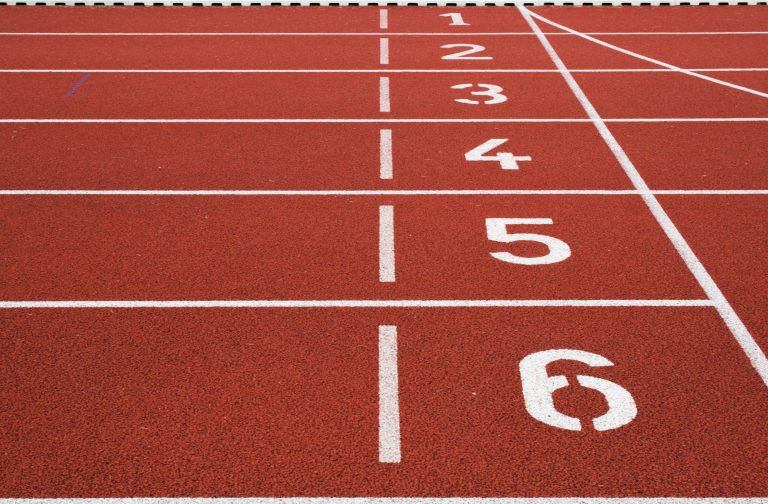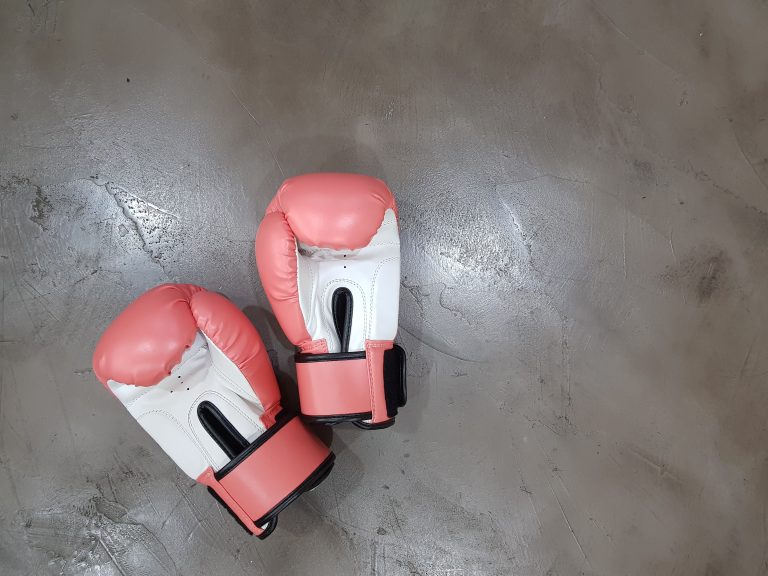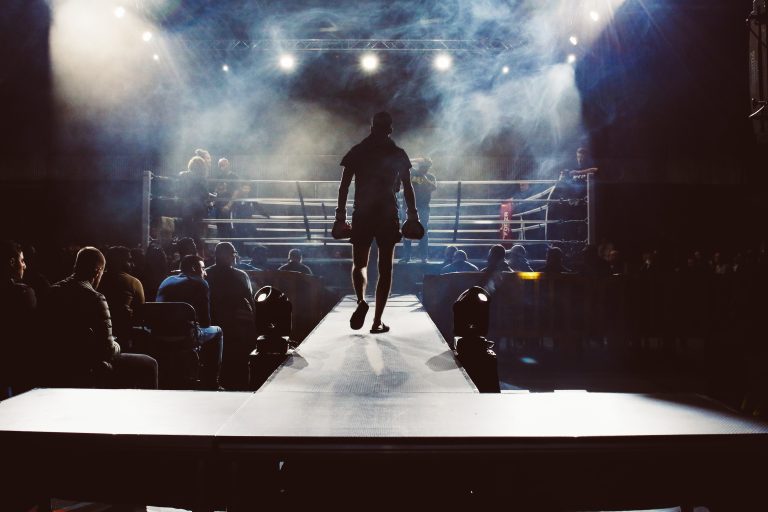Making Sense of Karate Styles: What’s the Difference Between Them?
For martial arts fans, one of the most confusing aspects is understanding the differences between the many styles of karate. From Shotokan to Goju Ryu and more, each karate style has its own principles, techniques, and self-defense applications. So, if you’re looking to make sense of the various styles and understand what makes each one unique, you’ve come to the right place. In this in-depth blog post, we will discuss karate styles to help you understand what makes each style of karate distinct and how they compare to one another.
What is Karate?
Before we can talk about the different styles of karate, it’s important to have an understanding of what karate is in general. Karate is a Japanese martial art that focuses on unarmed combat. It blends punching, kicking, and striking techniques with traditional martial arts principles such as respect, self-discipline, and humility. Karate is mostly used for self-defense, but it can also be used for recreational activities and competitive sports.
Karate is based on the principles of simplicity and efficiency. The idea is that practitioners should focus on mastering simple movements rather than complex combinations. This enables them to develop strong stances and powerful strikes. Karate also stresses the importance of self-defense and mental discipline. Sparring, or free fighting, is an important part of karate practice as it trains practitioners to defend themselves in the most efficient way possible.
The History of Karate Styles
Karate originated in Okinawa during the late 19th century. At the time, Okinawa was a center of martial arts, but traditional Okinawan martial arts were forbidden because of restrictions imposed by Japan’s ruling government. As a means of circumventing these restrictions, Okinawans began blending techniques from various martial arts and created a new style of fighting that eventually became known as karate.
This new style was a combination of various Okinawan martial arts such as kenpo and te (karate-do), as well as Chinese martial arts such as White Crane Kung Fu and Five Ancestors Fist. Over the next few decades, this style spread to mainland Japan where it was further refined and formalized. At this point, it began to take on more of the shape and form that we recognize today as modern karate.
The first public school teacher to teach karate was Funakoshi Gichin, who developed his own style known as Shotokan. This style is still practiced today and is considered one of the major styles of karate. Since then, many other styles have emerged based on Shotokan or modified versions of it. In this blog post, we’ll explore some of these styles to help you understand their differences.
Shotokan Karate
Shotokan is one of the oldest and most widely practiced styles of karate today. Developed by Gichin Funakoshi in the early 20th century, Shotokan is based on the principles of simplicity and efficiency. The style emphasizes linear strikes and powerful stances that allow practitioners to hit their opponents quickly and effectively. The focus is on developing a strong foundation rather than complicated combinations or flashy techniques.
Shotokan has a wide variety of techniques, including strikes (such as punches, kicks, elbows, and knees), blocks (such as shuto-uke and age-uke), stances (such as zenkutsu-dachi), and footwork (such as sanchin-dachi). It also incorporates throws, joint locks, and pressure point strikes into its training regimen. Due to its emphasis on power and its lengthy kata, Shotokan is considered one of the more physically demanding styles of karate.
Goju Ryu Karate
Goju Ryu is another popular style of karate that emphasizes softness as well as hardness. This style was developed by Chojun Miyagi in the early 20th century. It draws its concepts from traditional Chinese martial arts such as White Crane Kung Fu and Five Ancestors Fist. The main principle of Goju Ryu is „hard completes soft“. That is, hard strikes should follow fast soft strikes and vice versa. This creates an element of surprise in sparring and makes it difficult for opponents to anticipate attacks.
Goju Ryu emphasizes low stances and breathing methods to generate power during strikes. It also utilizes circular blocks that can deflect an opponent’s attack before it lands. Techniques in Goju Ryu include strikes (such as punches, kicks, elbows, and knees), blocks (such as gedan-barai and juji-uke), stances (such as nekoashi-dachi), and footwork (such as shiko-dachi). Unlike Shotokan, Goju Ryu has relatively few kata but places heavy emphasis on breathing exercises (called tekki) to help practitioners master the concepts of Goju Ryu.
Kyokushin Karate
Kyokushin is a hard style of karate that emphasizes full contact sparring (free fighting). It was developed by Masutatsu Oyama in the mid-20th century as a hybridized form of karate based on Shotokan and Goju Ryu principles. Kyokushin involves both hard strikes and soft techniques such as throws, joint locks, chokes, and sweeps. Unlike other styles of karate that focus on short exchanges in sparring matches, Kyokushin practitioners are required to fight in extended bouts lasting two to three minutes. This helps them develop stamina and mental toughness.
Kyokushin techniques include punches (such as oi-zuki), kicks (such as mae-geri), knees (such as uchi-mata), headbutts (such as furi-ashi) ,strikes (such as tettsui-uchi), stances (such as nekoashi-dachi), blocks (such as age-uke), combinations (such as nogare-jime no ura Gyaku zuki) ,and footwork (such as sanchin-dachi). Kyokushin also makes use of various weapons such as bō (a wooden staff) for more advanced forms of practice.
Wado Ryu Karate
Wado Ryu is a modern style of karate that combines elements from traditional Japanese martial arts such as Jujutsu with Shotokan principles. The style was developed by Hironori Ohtsuka in the early 20th century after he studied Jujutsu and Kendo extensively. Wado Ryu places emphasis on blending and evading attacks rather than blocking them directly. This makes for increased mobility during sparring matches and creates a wider variety of tactics for practitioners to utilize against their opponents.
Wado Ryu incorporates traditional Japanese martial arts such as Jujutsu along with Shotokan stances into its training methods. Techniques include strikes (such as shuto-uchi and tetsu zuki), stances (such as Heiko dachi), blocks (such as gedan no uke), ground fighting (such as osaekomi waza), throws (such as ude hishigi juji gatame), counters (such as taisabaki), and footwork (such as maai). Wado Ryu also includes kata training which helps practitioners refine their techniques so they can effectively defend themselves against opponents in real world self-defense situations.
Conclusion
Understanding the differences between karate styles can be overwhelming at first, but with practice it becomes much easier to digest. Each style has its own unique set of principles, associated techniques, and applications for self-defense situations.
Shotokan is based on emphasizing powerful linear strikes, Goju Ryu on “hard completes soft” principle for maximum efficiency, Kyokushin on full contact sparring matches for developing stamina and mental toughness, Wado Ryu on blending with an opponent’s attack instead of blocking it directly – these are just a few examples of how different karate styles compare with each other. To get a better understanding of all these styles we highly recommend giving them each a try under supervision at your local dojo – then your experience will be complete!
Inhaltsverzeichnis





